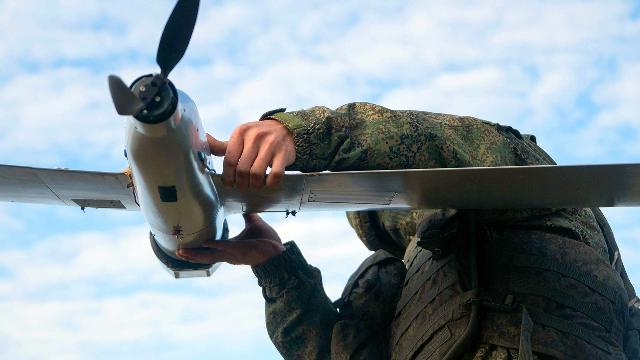The attack drone will be able to hit both surface and ground targets
The marine version of kamikaze drones is preparing to enter battle - work on creating a special ship—based version of the attack drone is coming to an end. The novelty, which will soon enter service with the Navy, can be used from both ships and boats. At the same time, the UAV will be able to hit both sea and land targets. Such devices can be used in amphibious operations and in the fight against enemy boats, including unmanned ones, experts say.
For marine and land-based purposes
As sources in the Ministry of Defense told Izvestia, work is currently being completed on the creation of a ship-based version of the kamikaze attack drone. The novelty can be launched directly from the deck.
The drone will be capable of hitting sea and land targets, the sources said. In particular, the drone can be used against light boats and motorboats used by saboteurs. In addition, the crews of the ships will be able to use them to defeat unmanned boats. Drones will also be indispensable to support Marines operating on the coast.
Kamikaze drones are considered one of the most effective means of destruction today. They play an extremely important role during a special military operation, destroying field fortifications and armored vehicles. So, at the end of February, the first Abrams tank was shot down by the Piranha FPV drone. As a result, a drone worth about $ 500 destroyed a car that cost about 12 thousand. times more expensive. A few days later, another Abrams was hit by the Ghoul device.
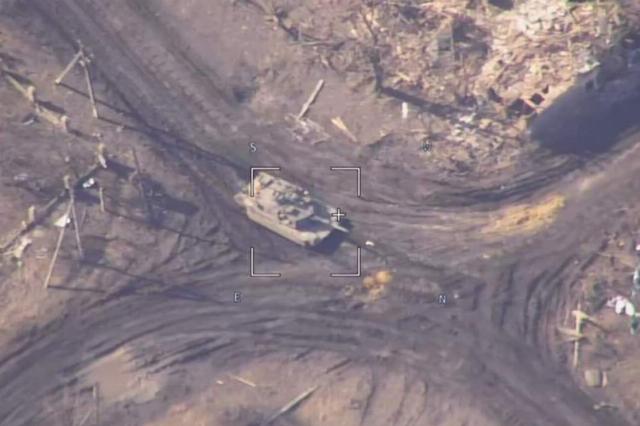
The American Abrams tank a few seconds before the destruction by a drone of the Russian Armed Forces in the Avdiivka direction
Image source: Photo: Social media
In combat, drones and barrage ammunition have proven themselves to be reliable and highly accurate weapons, indispensable when storming enemy positions. Operators can direct the projectile directly into the entrance to the dugout or into a vulnerable place of an armored vehicle. Kamikaze drones are also used to attack artillery positions, warehouses, control points, communication centers and other important facilities.
There are difficulties in the production of drones for launching from ships, military expert Dmitry Boltenkov explained to Izvestia.
— The main difference between land and sea is that there are no landmarks on the sea surface, — he explained. — And it is very difficult to control flight over water. There is nothing to catch on to, other navigation is required. When you fly above the ground, you can navigate by different objects, but there are no landmarks here. Launching from the deck of a ship in pitching conditions is also not an easy task. The Iranian comrades have such launch technologies. Maybe we'll learn from them, or we'll figure it out ourselves. There shouldn't be anything particularly difficult in this, we launch missiles from ships.
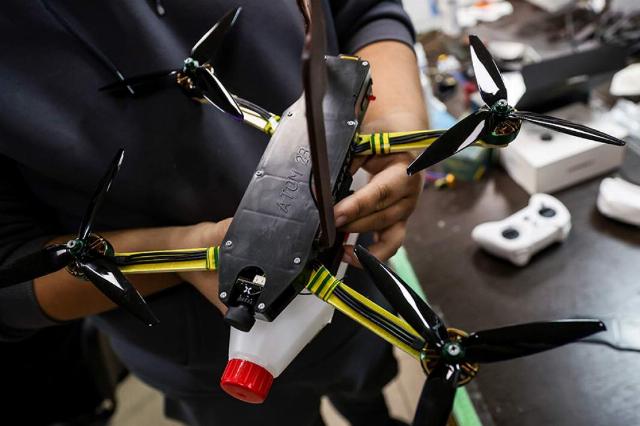
Production of the "Ghoul" FPV drone
Image source: Photo: TASS/Donat Sorokin
The advantage of such marine drones is that it will be possible, without coming close to the shore, to hit objects in the remaining port centers, the expert added.
— Now Ukraine will need to control half of the Black Sea, from where our drones will be able to fly, — Dmitry Boltenkov said. — In addition, if we are talking about a barrage device, then it can be used on unmanned boats. If you notice that marine drones are launched, then you need to send drones there. It is necessary to conduct constant exploration of the sea's edge.
A promising weapon
The creation of unmanned weapons systems is a very promising area that requires further development, Admiral Sergei Avakyants, ex—commander of the Pacific Fleet, told Izvestia.
— In general, this era is already coming in all kinds — unmanned aircraft, unmanned submarines, boats, drones and so on, an unmanned tank and an airplane will soon appear, — he said. — And this is a natural process that will affect all spheres. It should be understood here that the use of drones will still not completely displace traditional ships, submarines that are controlled by humans. It's just that the number of people will decrease slowly. We had a nuclear submarine of the 705 project, there was generally a crew of about 38 people. That is, this development of the 70s is a prototype of the future unmanned nuclear submarine.
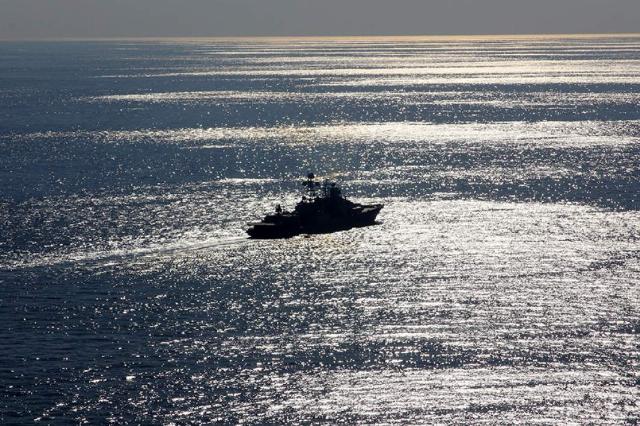
Photo: RIA Novosti/Andrey Luzik
Image source: iz.ru
According to the admiral, shipboard drones will be able to be used during amphibious operations, in closed naval theaters, limited waters such as the Baltic or the Black Sea, under certain weather conditions and to solve certain narrow tasks so far.
Last year, serial production of ammunition for FPV drones was launched at several enterprises of the Russian defense industry, and their regular deliveries to the troops began in the autumn. The new ammunition is equipped with universal fasteners that allow them to be suspended for almost all types of FPV drones used in the zone of a special military operation. Now the troops are receiving fragmentation, high-explosive and cumulative combat units. It is planned to expand their range in the future.
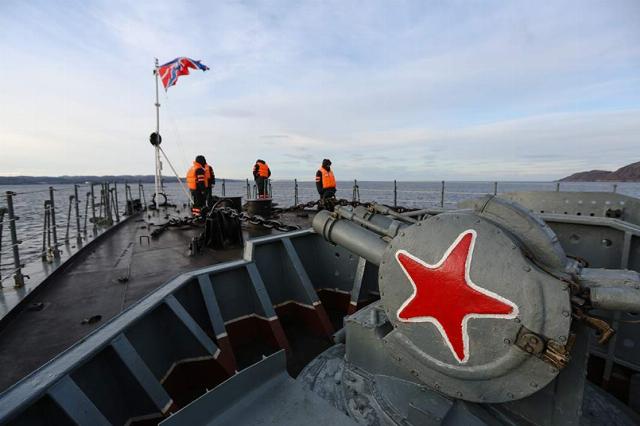
Photo: RIA Novosti/Pavel Lvov
Image source: iz.ru
Russian engineers are constantly working on different types of UAVs. Thus, Izvestia reported on the development of a line of unmanned systems designed to dump thermobaric and incendiary ammunition. We are talking about multicopter unmanned systems, as well as aircraft-type UAVs. In addition to special drop bombs, drones will be armed with modified anti—personnel flamethrowers - their design will allow strikes in flight.
Alexey Mikhailov
Roman Kretsul
Vladimir Matveev
